Oct 28, 2025 10:47 AM
In Memoriam: Jack DeJohnette, 1942–2025
Jack DeJohnette, a bold and resourceful drummer and NEA Jazz Master who forged a unique vocabulary on the kit over his…
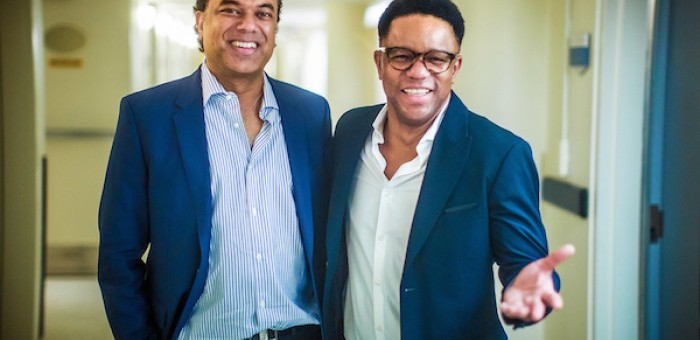
Rudresh Mahanthappa (left) with Stefon Harris at the Symphony Center in Chicago on Feb. 26
(Photo: Michael Jackson)After being mentally tenderized by the torrential jump-cutting of the Bird Calls set, well over an hour in duration, the second half was comparatively palliative. The last recording project that made a significant splash from Stefon Harris was his African Tarantella (Blue Note) a decade ago (a lovely series of suites from Duke Ellington, Billy Strayhorn and himself that he orchestrated for nonet).
After a move from Blue Note to Concord, Harris recorded with David Sanchez and Christian Scott in Havana (Ninety Miles, 2011) and, equally adept at classical music, was featured on Turtle Island String Quartet’s Have You Ever Been? (Telarc, 2001).
However, his last leader release, Urbanus (Concord) with his r&b flavored group Blackout, was back in 2009. Some surprise, then, when Harris waltzed onstage in Chicago with a new young crew, a sextet dubbed Sonic Creed including flute, guitar and piano.
Harris relishes blending his sound palette with other busily harmonic instruments, and his recording Kindred (Blue Note, 2001) with pianist Jackie Terrasson is a salient example of that approach.
The vibraphone naturally emits limpid hues, but after the searing attack of the previous set, Harris’ mellifluous dedication to his wife, “Let’s Take A Trip To The Sky,” was strikingly mellow. Counteracting that mellowness with the dramatic “striking” action of the mallets, the vibes connect readily with drums but steal some thunder from the piano.
Nonetheless, Harris and White, his young piano man, weaved beautiful contrapuntal lines together on the aptly named “The Devil In The Details,” which was otherwise a feature for up-and-coming flutist Elena Pinderhughes.
Guitarist Mike Moreno added Metheny-like texture here and there but seemed underutilized, although Harris mentioned appreciating Moreno for his “incredible decision making” as a player, underscored by his succinct musicality.
The strongest hook-up in the sextet was between Harris and drummer Jonathan Pinson, whom the vibraphonist first met at a 5th grade summer camp in the Bay Area. Their chemistry was evident in the way Pinson articulated specific details of the compositions, with Harris comping Pinson’s rocked-out, kick-heavy polyrhythms on an impromptu “Bye Bye Blackbird.”
Harris, who conducted a popular TED talk a few years back entitled “There Are No Mistakes On The Bandstand,” had words to say about the reason for leaving the comfort of his family at home to hit the road playing music: “I believe in the power of this art form,” he said. “With its capacity for empathy, it is the sonic manifestation of the aspirations of our people. It’s holistic, not just notes and tones.”
He added, “You can tell my momma’s a preacher!” then scaled back to a quartet for “my new favorite ballad, can you tell I’m a sensitive brother?” During “I Fall In Love Too Easily,” he occasionally handled vibes and marimba simultaneously, one mallet working almost behind his back on the latter instrument.
For a finale, Horace Silver’s samba “The Cape Verdean Blues” was stretched like taffy in places, the half-step side slips in the tune’s harmony ignored in favor of suspending certain measures, the customary four-and-out coda replaced with a sustained refrain that built tension and allowed each band member bombastic fill time.
Harris’ set was shorter than Mahanthappa’s, and he seemed to have little to prove, returning with White for a cheekily brief encore, no grandstanding crescendo.
Exiting the legendary symphony hall, strains of Dorough and Frishberg’s duo echoed in my head: “It’s not a question of who is the best or worst/It’s simply a question of…Who’s on first!”
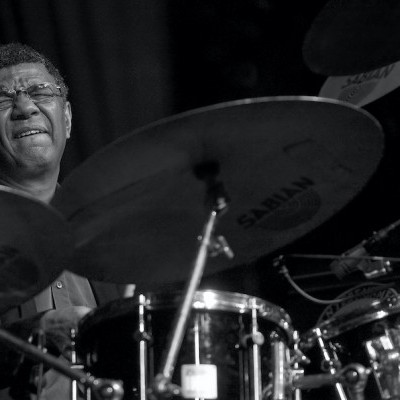
Jack DeJohnette boasted a musical resume that was as long as it was fearsome.
Oct 28, 2025 10:47 AM
Jack DeJohnette, a bold and resourceful drummer and NEA Jazz Master who forged a unique vocabulary on the kit over his…
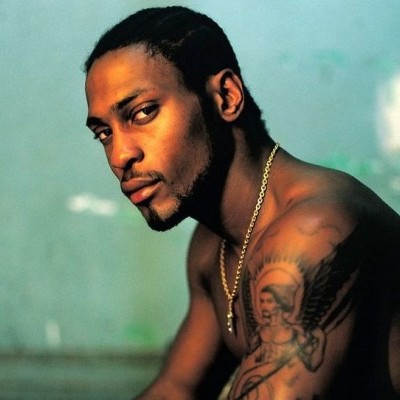
D’Angelo achieved commercial and critical success experimenting with a fusion of jazz, funk, soul, R&B and hip-hop.
Oct 14, 2025 1:47 PM
D’Angelo, a Grammy-winning R&B and neo-soul singer, guitarist and pianist who exerted a profound influence on 21st…
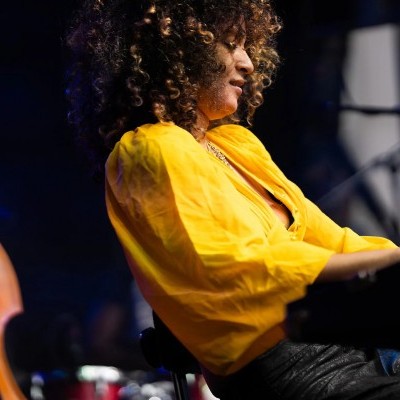
Kandace Springs channeled Shirley Horn’s deliberate phrasing and sublime self-accompaniment during her set at this year’s Pittsburgh International Jazz Festival.
Sep 30, 2025 12:28 PM
Janis Burley, the Pittsburgh International Jazz Festival’s founder and artistic director, did not, as might be…
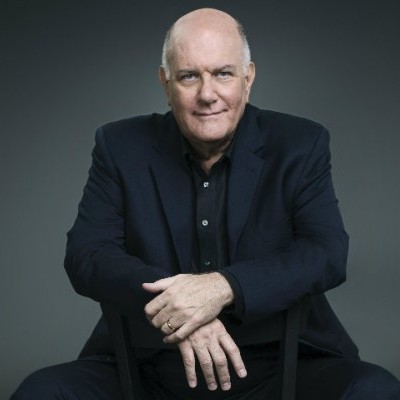
Jim McNeely’s singular body of work had a profound and lasting influence on many of today’s top jazz composers in the U.S. and in Europe.
Oct 7, 2025 3:40 PM
Pianist Jim McNeely, one of the most distinguished large ensemble jazz composers of his generation, died Sept. 26 at…
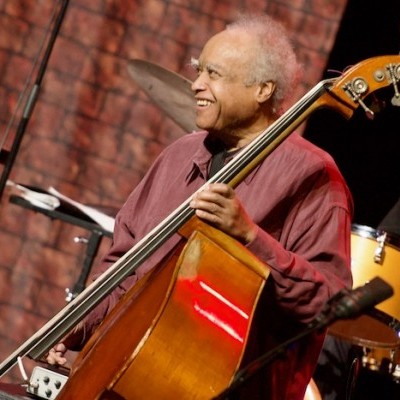
Drummond was cherished by generations of mainstream jazz listeners and bandleaders for his authoritative tonal presence, a defining quality of his style most apparent when he played his instrument unamplified.
Nov 4, 2025 11:39 AM
Ray Drummond, a first-call bassist who appeared on hundreds of albums as a sideman for some of the top names in jazz…